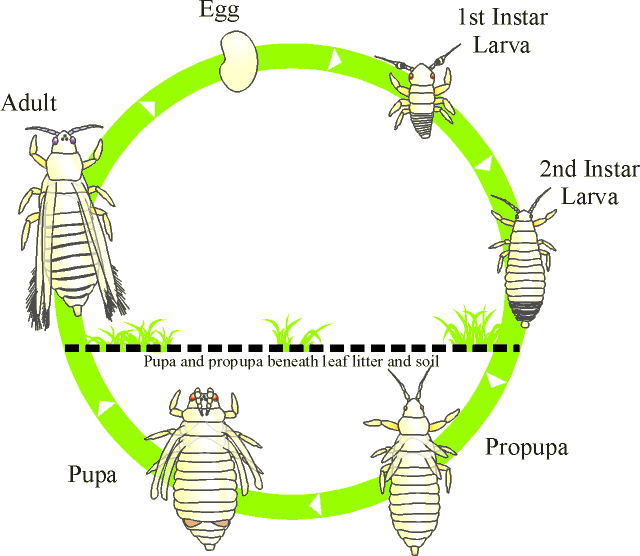cheeseduck20
Member
hey guys i know there is alot of info about spinosad in its own thread but i didnt see anything about using it as a soil drench. The only reason i wonder is because i saw my soil move on its own today and i want those nuckers outta there and figured a spray application may not do it. Or do i just get the guys on the leaves with the first spraying and then get the next generation later? Also, all these plants are about 2 weeks into flower...how far in can i spray them? Please help if you can. Peace






